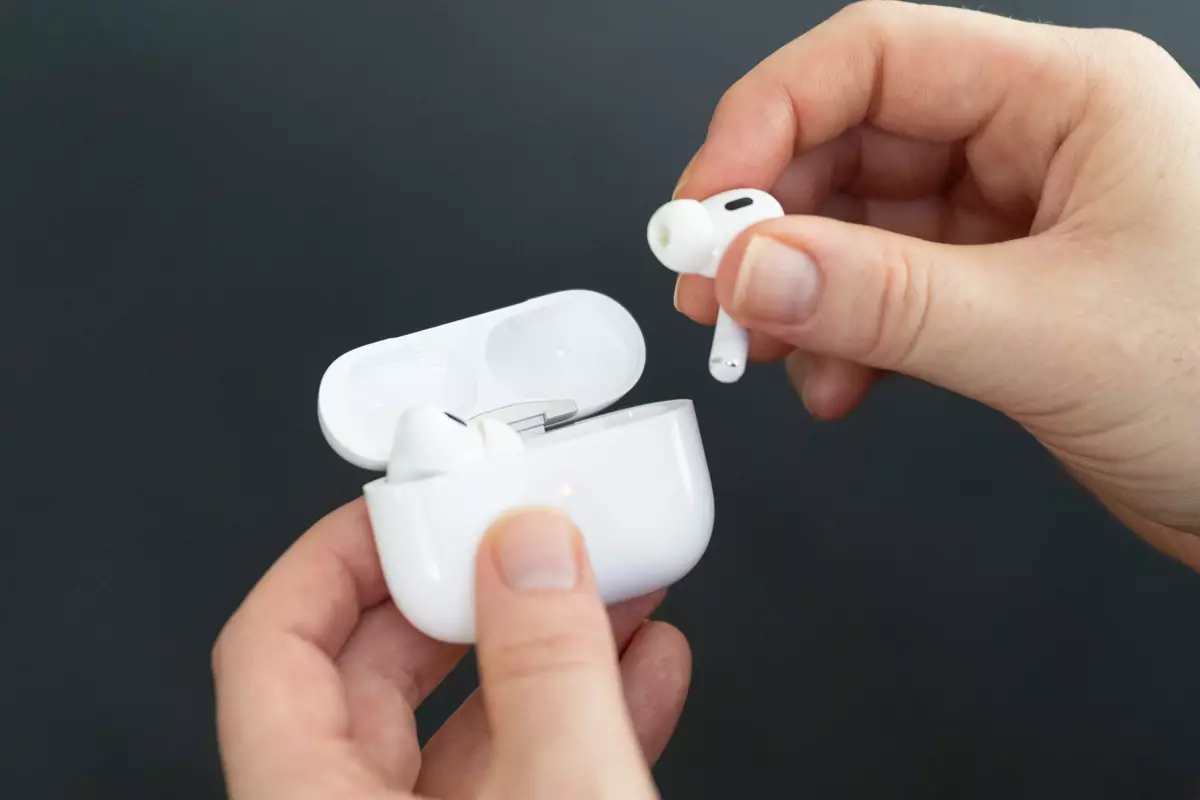Apple recently unveiled a new Hearing Test app that will be integrated into iOS 18. This app aims to help users detect and manage mild to moderate hearing loss, ultimately leading to the customization of sound profiles for optimal audio experiences. However, there are several factors to consider when evaluating the effectiveness and limitations of this forthcoming feature.
One notable aspect of the Hearing Test app is that Apple is currently awaiting FDA approval before the official launch of iOS 18. This regulatory process is crucial to ensure the app’s safety and accuracy in diagnosing hearing loss. Users must have mild to moderate hearing loss to access the hearing aid feature, indicating that the app targets a specific demographic. However, individuals with severe or profound hearing loss are advised to seek professional help rather than relying solely on the app’s functionality. This restriction highlights the limitations of consumer electronics in addressing complex health issues.
The Hearing Test app will only be available for the second generation AirPods Pro at launch. This limited compatibility is attributed to the hardware capabilities of the AirPods, specifically the passive noise-canceling ear tips and the H2 chip. These technical requirements demonstrate Apple’s focus on providing a seamless user experience for a specific set of devices. While this decision may enhance the functionality of the hearing aid feature, it restricts accessibility for users with different AirPods models.
User Experience and Customization
Once enabled, the hearing aid feature will create a personalized sound profile based on the test results. This customization extends beyond conversations to include media such as movies and music. The integration of user-customizable sound profiles raises questions about the potential for broader audio enhancements in future Apple products. While the current EQ settings allow some degree of adjustment, the hearing aid feature may offer a more tailored audio experience for individuals with hearing loss. However, users without hearing issues may not benefit from this level of fine-tuning, emphasizing the app’s focus on specific user demographics.
The introduction of the Hearing Test app aligns with the broader trend of incorporating health and wellness features into consumer technology. While companies like Nuraphone have explored customizable sound profiles, Apple’s integration of hearing aid functionality could set a new standard for personalized audio experiences. As the app evolves and potentially expands to other devices, such as the rumored AirPods Pro 2, the impact on the audio industry could be significant. Apple’s strategic positioning in this space suggests a potential shift towards inclusive and accessible audio solutions for a diverse user base.
Apple’s Hearing Test app represents a significant step towards integrating health-focused features into mainstream consumer products. While the app addresses specific user needs related to hearing loss, its effectiveness and long-term implications remain to be seen. As technology continues to evolve, Apple’s approach to personalized sound profiles and accessibility could shape the future of audio experiences for individuals with diverse hearing capabilities.

